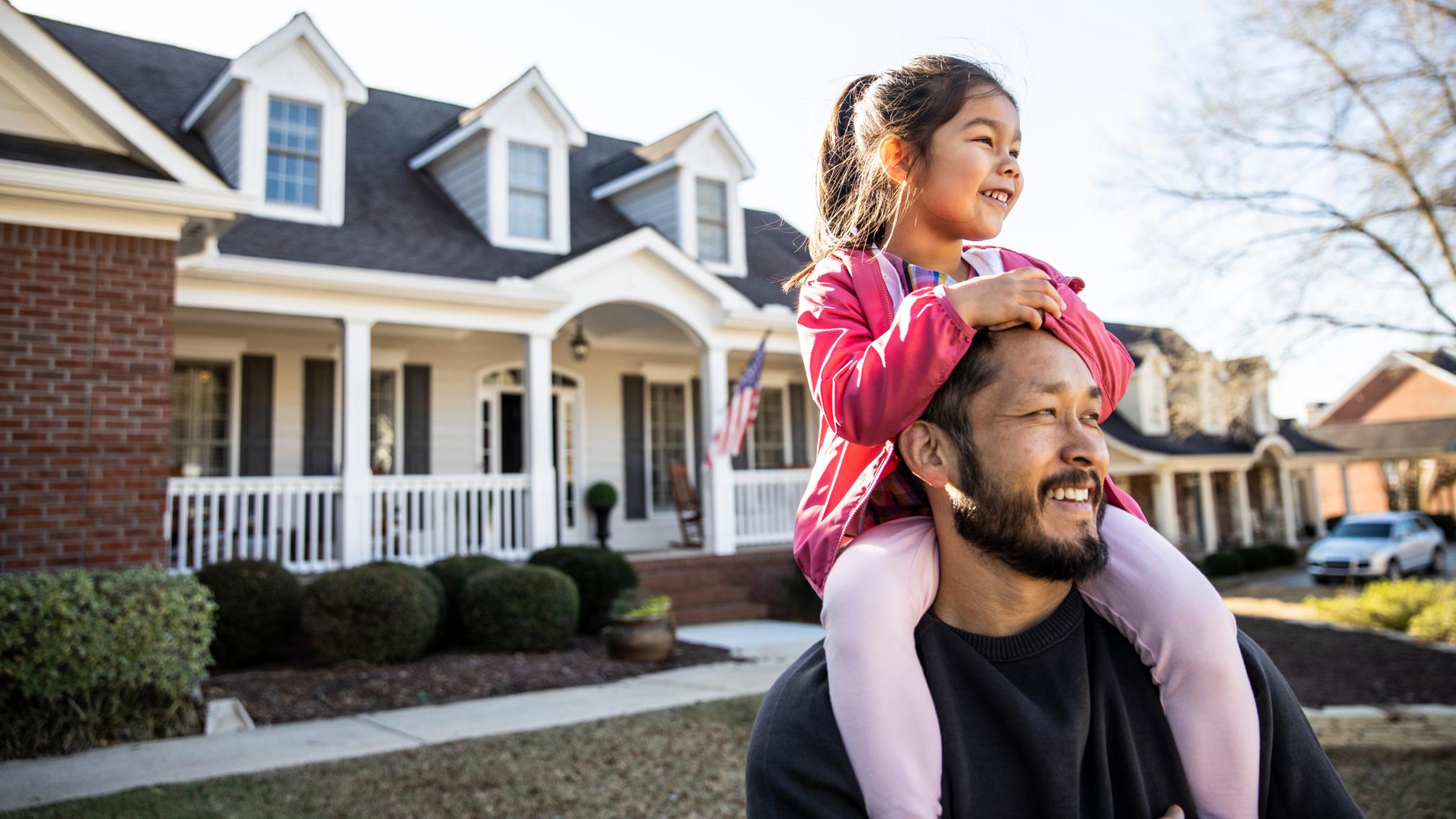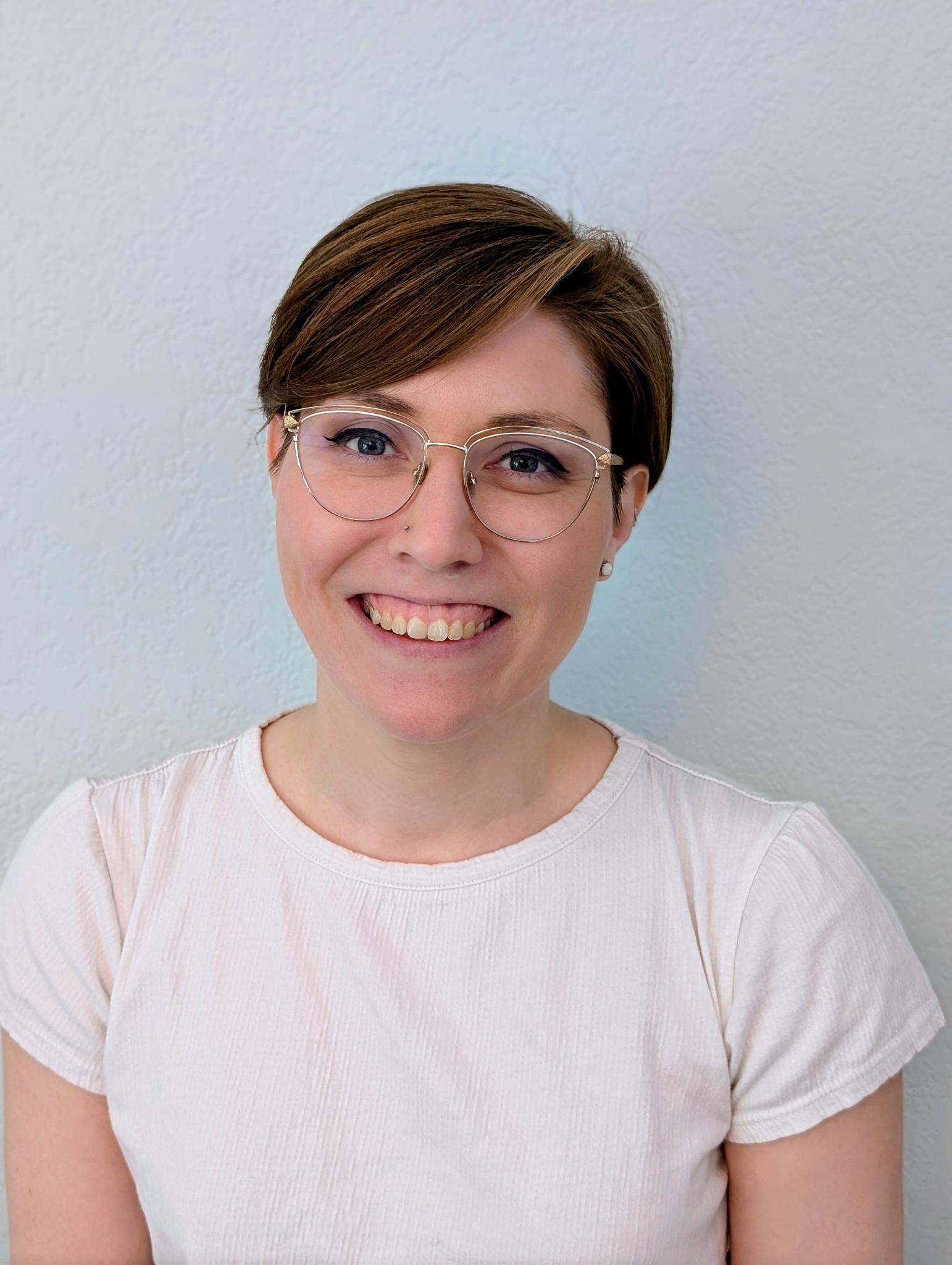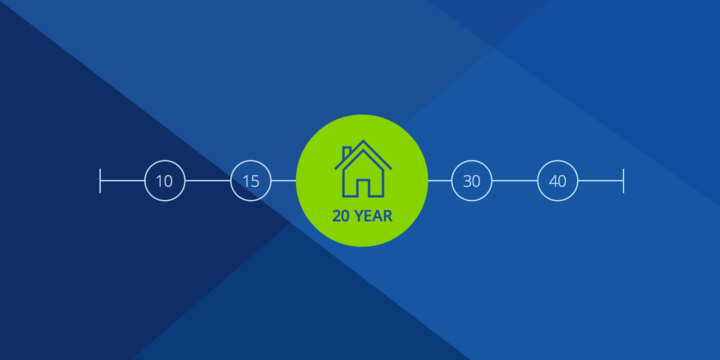No-Closing-Cost Mortgages and How They Work


Written by Alycia Lucio on November 21, 2024
Reviewed by Neil Swanson
Closing costs can range from 2% to 5% of the total home price and typically include fees for processing and finalizing the loan. A no-closing-cost mortgage offers homebuyers an alternative to paying closing costs upfront by adding or rolling the costs into their monthly mortgage payments.
For some homebuyers, a no-closing-cost mortgage is the solution to buying a home without leaving yourself short on cash for your day-to-day expenses. The tradeoff may mean higher monthly costs in the longer term. Keep reading to explore how this mortgage option works, and its pros and cons, to determine whether it aligns with your financial goals.
How do no-closing-cost mortgages work?
No-closing-cost mortgages are designed to eliminate the burden of upfront fees by shifting these costs to the lender, rolling them into the loan or some form of both.
1. Lender-paid closing costs
Your lender covers your upfront closing costs in exchange for a higher interest rate. This means your monthly payments will be slightly higher, and you’ll pay more over the life of the loan. For instance, if you qualify for a 30-year mortgage at a fixed rate of 6 percent, the lender might offer to pay your closing costs if you increase your interest rate to 6.5 percent.
2. Rolled-in closing costs
Your lender rolls the closing costs into the total loan amount. This way, you finance the closing costs over the loan’s term, spreading out the payments. While this increases your loan balance and monthly payments, it removes the need for upfront cash. For example, say you want to borrow $240,000, placing your total closing costs at $6,000. You choose to roll closing costs into your loan, meaning you’ll actually borrow $246,000.
Whether the lender covers your closing costs upfront or rolls them into your mortgage, in both instances, you’ll be increasing the amount you borrow, leaving you with higher monthly payments.
The pros and cons of no-closing-cost mortgages
The pros:
- Immediate savings: You avoid paying a large sum of money upfront, which can be beneficial if you’re tight on cash.
- Increased affordability: With fewer upfront costs, you can allocate your funds towards other expenses, such as moving or home improvements.
- Tax deductible: Sometimes rolled-in closing costs are tax deductible, providing additional savings.
The cons:
- Higher loan amount: Adding your closing costs to your mortgage increases the amount you’re borrowing, which means you’ll pay more in interest and principal over the life of the loan.
- Higher monthly payments: Your mortgage payments will be slightly higher due to the increased loan amount.
- Long-term cost: Although you save money upfront, you might end up paying more in the long run because of the additional interest.
Is a no-closing-cost mortgage right for you?
A no-closing-cost mortgage is a good option if you don’t have enough cash on hand to cover your total closing costs or plan to move or refinance within a few years. It can also be beneficial if you need to reserve funds for immediate expenses, like home repairs. If you have enough cash to cover your closing costs and plan to stay in the home long-term, you may want to reconsider a no-closing cost mortgage. It’s also less advantageous in a high-interest market, as any rolled-in costs will become part of your borrowing amount, impacting the total cost of your mortgage.
For example, let’s say you take out a $300,000 home loan with a 30-year term, a 6% interest rate, and 3% closing costs, which comes to $9,000. Now, you opt for a no-closing cost mortgage, and your lender agrees to roll the costs into the mortgage, but they increase your interest rate to 6.5% as it increases your borrowing amount. This would raise your monthly payments from $1,799 to $1,896, which is an extra $97 per month. Over the life of your 30-year loan, you’ll pay an additional $34,920 in interest, which far exceeds your initial savings.
Using our Mortgage Calculator, you can see your total mortgage costs based on different interest rates, borrowing amounts, and more. This should give you an idea of how your interest rate and borrowing amount will affect the total cost of your mortgage.
Alternatives to no-closing-cost mortgages
Down payment assistance programs
Down payment assistance programs typically come from local, state, and non-profit organizations, and they can help cover your closing costs. The assistance usually comes in grants, vouchers, and loans, and they’re available to all home buyers who meet the qualification requirements for each assistance program.
First-time home buyers assistance programs
Federal, state, or local governments sponsor first-time home buyer assistance programs. These programs offer various benefits to help first-time home buyers with home purchases, including down payment assistance, reduced interest rates, tax credits, and closing cost assistance. Eligibility criteria and benefits will vary by program, and you can speak with a lender or real estate agent to see what’s available in your area and what you may qualify for.
Negotiate with the lender
Your lender may be willing to reduce or waive certain fees, like the loan processing, origination, and underwriting fees. Their willingness to negotiate will likely depend on the strength of your credit score and debt-to-income ratio (DTI) and how much you plan to put down. You may also be able to use loan offers you’ve received from other lenders as a bargaining chip for reduced lender fees.
Negotiate with the seller
Negotiating seller concessions is another way to reduce your closing costs. This approach can be particularly effective in a buyer's market, when sellers are more motivated to sell their homes. For example, if you make an attractive offer, the seller may be more willing to cover specific closing costs or pay a percentage of the total closing costs. However, there may be limits on how much a seller can contribute, depending on the type of mortgage and the lender’s policy.
Getting the right home loan and minimizing closing costs starts with your lender. Our loan officers here at Zillow Home Loans* can help you find a mortgage that fits within your home buying budget.
*An equal housing lender. NMLS #10287
Tags
How much home can you afford?
At Zillow Home Loans, we can pre-qualify you in as little as 5 minutes, with no impact to your credit score.
Zillow Home Loans, NMLS # 10287. Equal Housing Lender
Get pre-qualifiedHow much home can you afford?
See what's in reach with low down payment options, no hidden fees and step-by-step guidance from us at
Zillow Home Loans.
Zillow Home Loans, NMLS # 10287. Equal Housing Lender
Calculate your BuyAbility℠
Related Articles
Get a mortgage with Zillow Home Loans
Go from dreaming to owning with low down payment options, competitive rates and no hidden fees. A dedicated loan officer will guide you until you have your keys in hand.

Zillow Home Loans, NMLS #10287. Equal Housing Lender.



